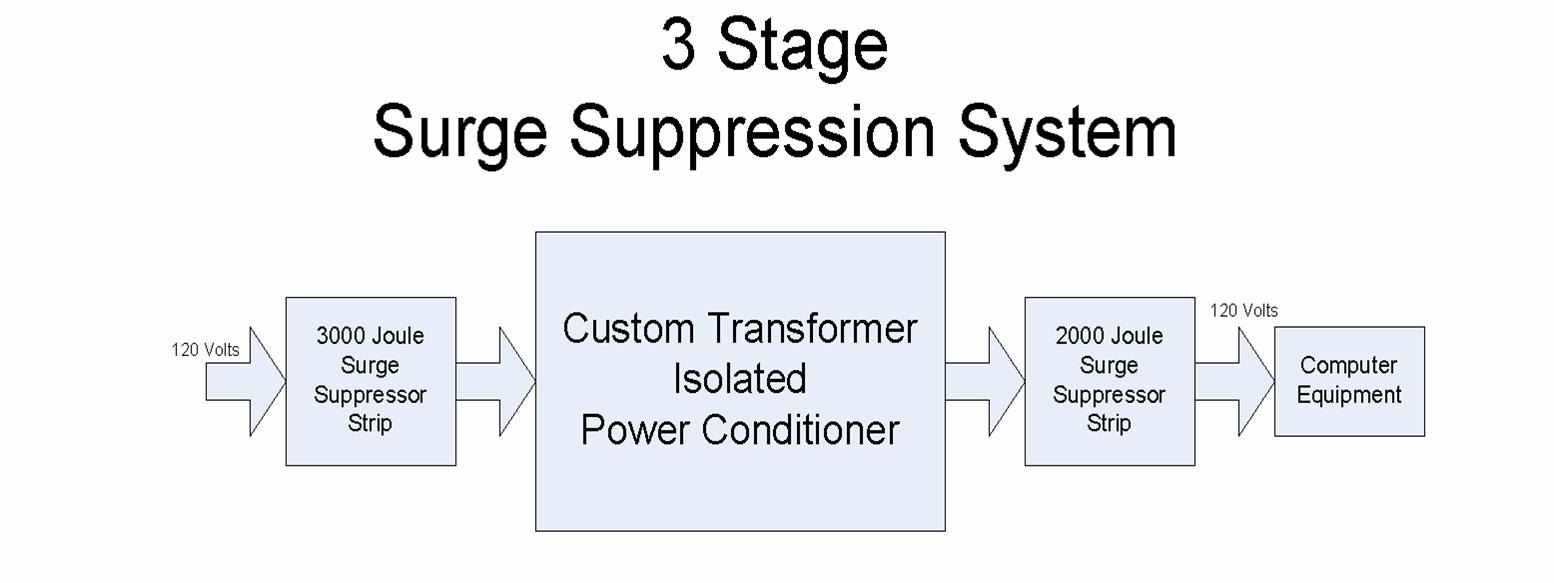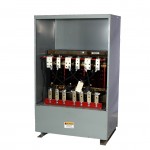Transformer Replacement will Often not be an Exact Replacement
At MIDWESTwe often get calls or receive inquiries from individuals or company employees seeking an exact transformer replacement for a particular unit. The reasons are numerous. Their existing transformer failed suddenly or they have a transformer that is in the process of failing. Maybe they are trying to expand their facility with limited funds and do not want to pay for the services of an engineering consultant. They look around and decide to copy what they already have and reason if they just had another one just like it and moved the walls out a bit, their newly purchased used machine ( another blog at another time) which hopefully will mean more income. Possibly the building has a new owner and they are looking for a spare transformer (a gold star to them for being pro-active). ‘Finding another one just like it’ is easy if you are shopping for a jar of Jiff ® or Skippy®. But looking for running shoes just like the kind you purchased last year can be difficult. Now you can imagine just how difficult it is to locate an identical twin to transformer in a building over thirty years old, assuming the transformer nameplate exists, is still legible and not covered with paint. If you are fortunate to have the model or type number, a Google search may yield a possible match. Hopefully it is an available unit for sale and not a line item on a specification for a future construction project.
A GOOGLE search with only the transformer brand will help you find a soulmate who is usually looking for product data or a wiring diagram for that brand of transformer.
Sadly, some transformer companies are no longer in business, their assets were sold to another company, the factory shuttered and you trail runs cold.
Assuming the transformer was not built for an Arc furnace and is a one-of-a kind relic (see future blog) you can usually replace a transformer that was made by company X with a transformer that was manufactured by Company Y. To do so requires a complete list of specifications with all available information on the transformer whether you think it is relevant or not. There are a lot of parameters that need to be known: KVA, footprint, height and weight, impedance and most importantly the primary and secondary voltage and also if this is a single phase or three phase transformer. You also need to know where the transformer will be used (outdoors, indoors). If it is a fluid filled unit, what type of fluid? If it is a dry transformer (conventional dry type or encapsulated). You have to know if this transformer needs to have high side voltage taps and if the primary and secondary are Delta or Wye. If it is a large power transformer, where are the bushings and how are they arranged. Doing your homework first before you have the transformer shipped to you from another state will help you avoid the embarrassment, grief and additional charges that will rack up if the replacement transformer arrives and it will not fit or is suitable for the application or you discover your cable stretcher is undersized.
by Vince

